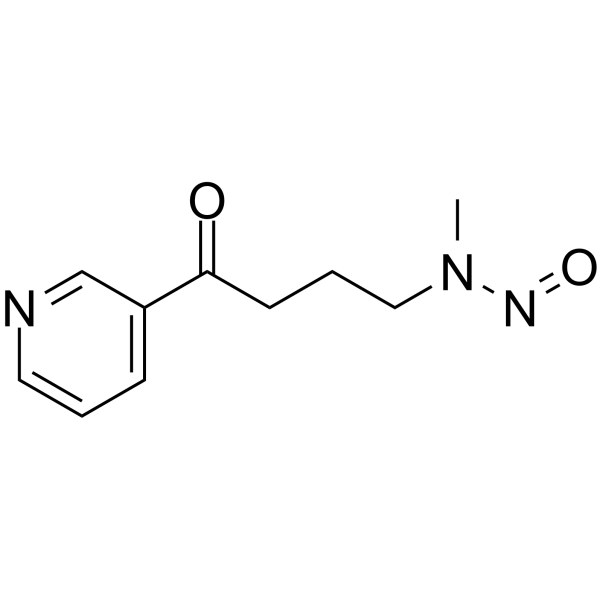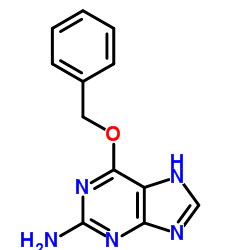| 结构式 | 名称/CAS号 | 全部文献 |
|---|---|---|
 |
4-甲基亚硝胺基-1-3-吡啶基-1-丁酮
CAS:64091-91-4 |
|
 |
O-6-苄基鸟嘌呤
CAS:19916-73-5 |